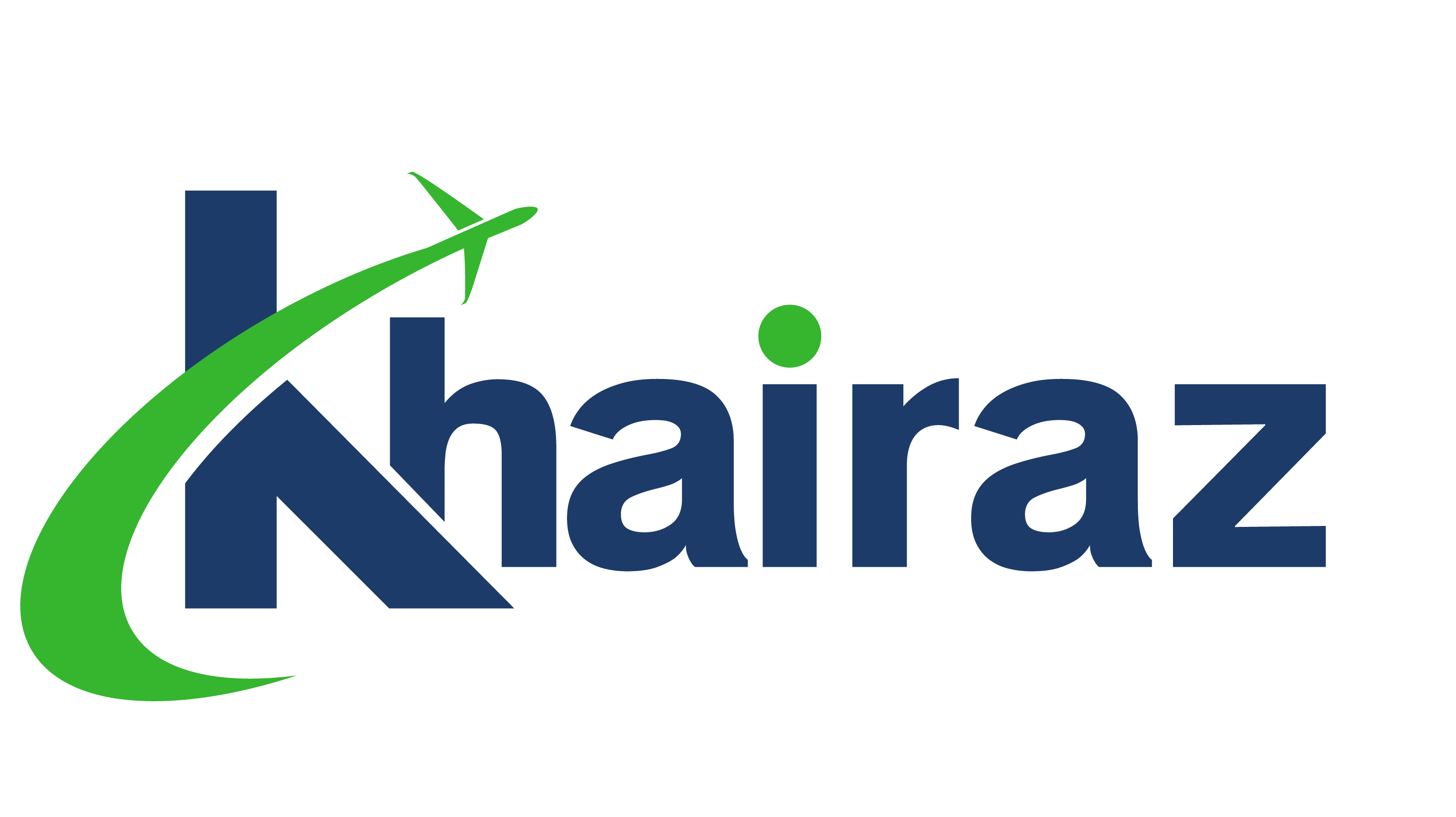- Home
- Visa Services
- USA Visa
Simplifying Your Travel with Efficient Visa Services
Everything you need to know about visas in the U.S.
The US Government provides an opportunity to international students to study in the country but as a prerequisite, you’ll have to obtain a student visa first. The visa you need will depend on the type of study you want to pursue in the country.
The U.S. Government offers three different student visa types:
- Student Visa: used to study at an accredited U.S. college or university or to study English at an English language institute
- Exchange Visa: for participation in an exchange program, including high school and university study
- Student Visa: for non-academic or vocational study or training in the U.S.
- You must first apply and be accepted by a U.S. school or university that is certified by the Student and Exchange Visitor Program
- SEVP). Once accepted, you will receive a Form I-20 from the institution’s international student office, which is a paper record of your information in the database called the Student and Exchange Visitor Information System (SEVIS).
Documentation
You will need the following documentation for your visa application:
- A valid passport that is valid for at least six months beyond your period of stay in the U.S. (unless exempt by country specific agreements)
- Acceptance at a SEVP approved school and your Form I-20
- Application fee payment for the Student and Exchange Visitor Information System
- Non-immigrant visa application and the Form DS-160 confirmation page
- One or two photographs in the requested format
Additional documentation may also be required:
- Academic preparation documents such as transcripts, diplomas, degrees or certificates
- Evidence that you have sufficient funds to maintain your living expenses throughout the period of your stay in the U.S. This may include:
- Bank statements
- Financial undertaking by a sponsor to cover your accommodation and living costs
- A scholarship program
- Evidence that you will leave the U.S. once you have completed your course of study. This can be in the form of an air ticket out of the U.S. to your home country
You may also have to appear for a personal interview at the U.S. embassy or consulate.
F-1 Student Visa
Most students who wish to pursue their studies overseas opt for the F-1 Student Visa. There are three major steps to it, being:
- SEVIS Fee and I-20 Form collection: Once you pay the Student and Exchange Visitor Information System fee, you are given an I-20 form from the school or college. You need to present the duly filled I-20 form during your F-1 interview.
- VISA fee and Form collection: Next, you have to pay your visa fee at the designated bank and collect the visa form. You need to duly fill this form and carry it with you during your interview.
- VISA interview: You can schedule a visa interview with the US embassy in your country. The waiting time may vary depending on the visa type. On successful completion of the interview, you get the visa 120 days in advance. Then you can move to the US only 30 days before your program start date.
When you arrive in the US you must:
- Not enter the U.S. more than 30 days before your study program begins
- Contact your designated school official when you first enter the U.S.
- Contact your designated school official again, no later than the program start date listed on your Form I-20
- Making sure your visa remains valid
Once you get your visa, there are a number of things you need to do to ensure it remains valid, including:
- Fulfilling the purpose for why the Department of State issued the visa
- Following the regulations associated with that purpose
While studying in the U.S., you will need to observe the following rules:
You must attend and pass all of your classes. If you are finding your studies too difficult, you should speak with your designated school official (DSO) immediately
If you think you will be unable to complete your program by the end date listed on your Form I-20, you must talk to your DSO about requesting a possible program extension
You must take a full course of study each term. If you cannot study full-time, contact your DSO immediately
You cannot drop below a full course of study without consulting with your DSO
You can find out more about each type of visa on the U.S. Government’s Department of State website. Fix a free appointment, by filling the online form, with our team to understand the process in detail.




